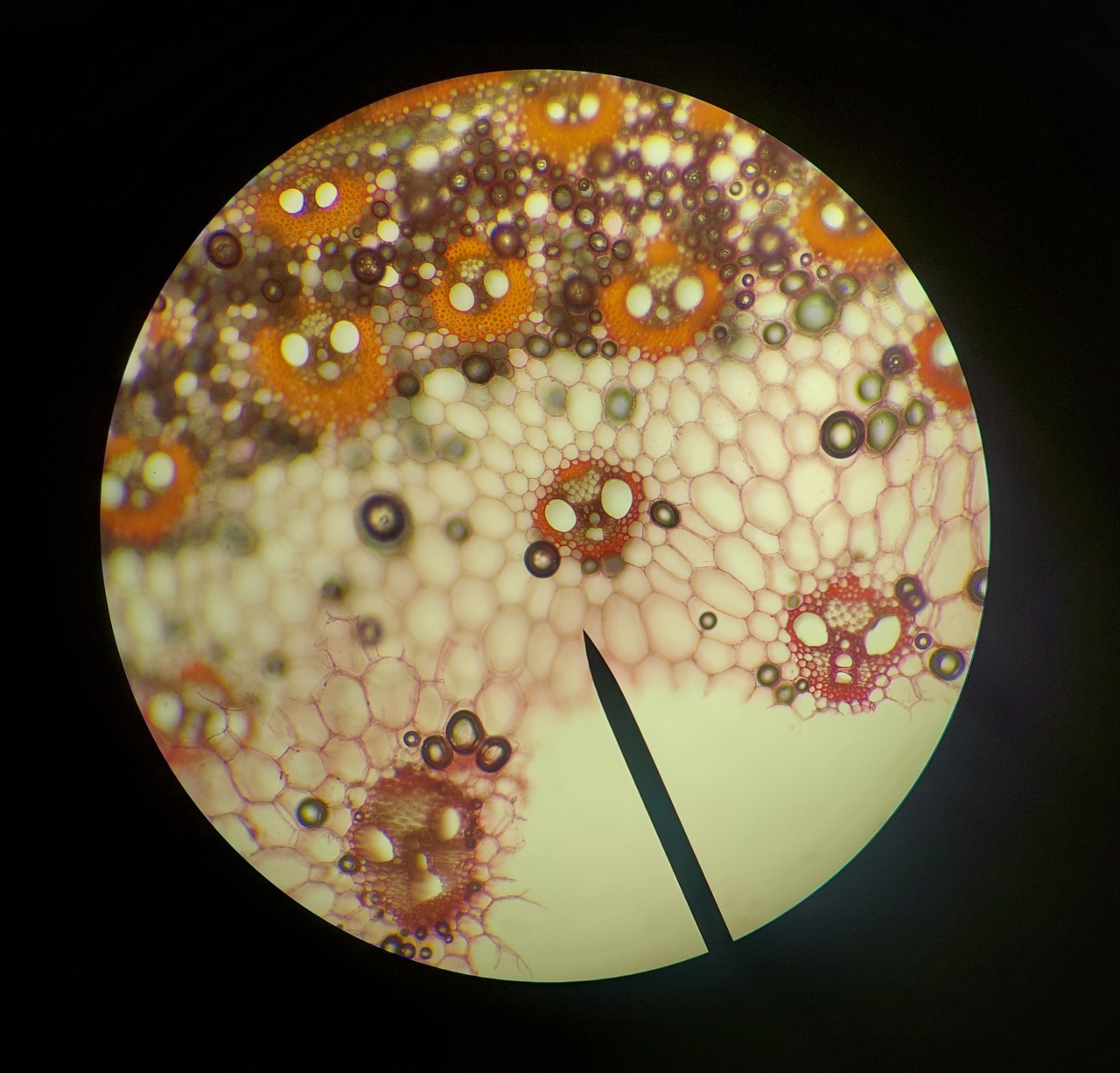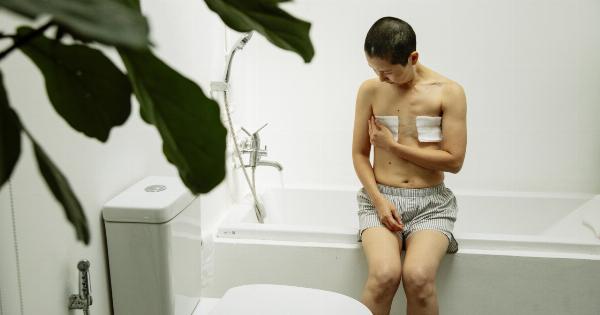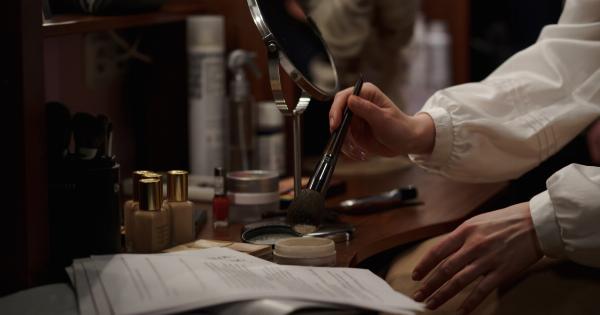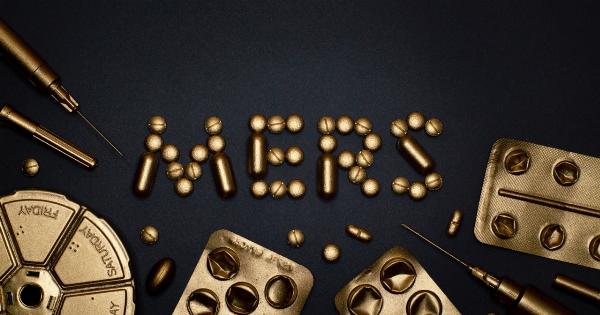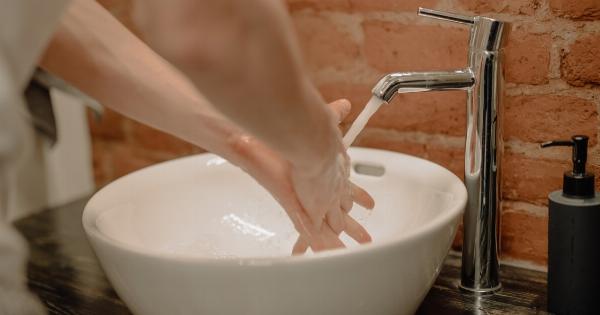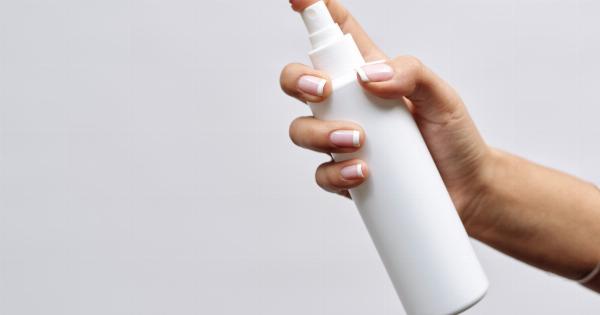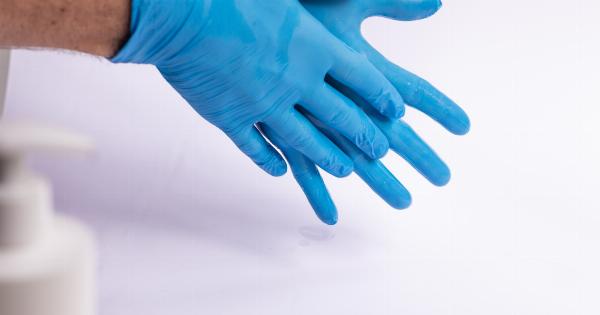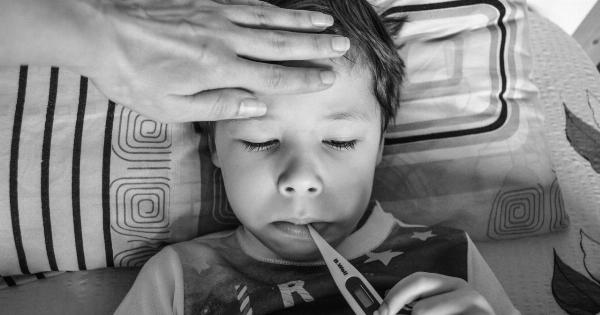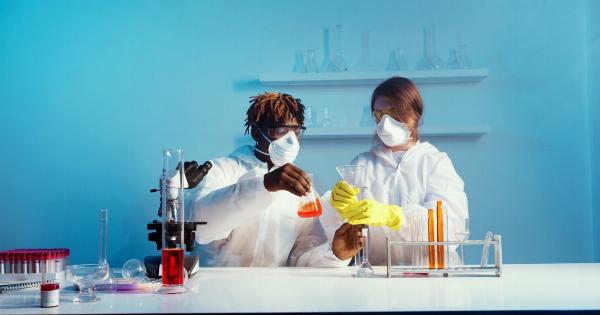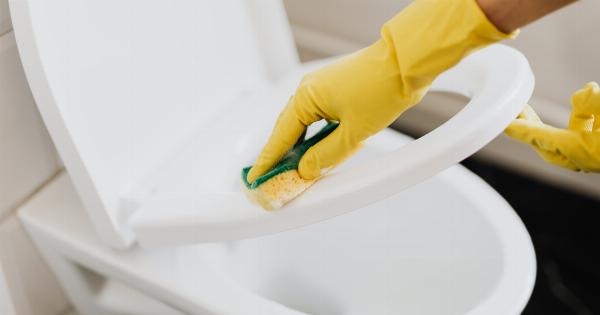Have you ever thought about the microscopic organisms that live on the surfaces in your home or workplace? These tiny creatures are invisible to the naked eye, but they are everywhere.
From your phone to your keyboard, they can be found lurking on any surface. They are called microorganisms, and they can be harmful or helpful depending on the type. In this article, we will explore the world of microscopic organisms and how they can impact our daily lives.
What are Microorganisms?
Microorganisms, also known as microbes, are tiny forms of life that are too small to be seen with the naked eye. They can be found in every environment on Earth, from the depths of the ocean to the top of the highest mountain.
There are many different types of microorganisms, including bacteria, viruses, fungi, and protozoa.
Types of Microorganisms
Bacteria
Bacteria are single-celled organisms that can be found in virtually every environment. Some bacteria are harmless, while others can cause serious illnesses such as pneumonia, meningitis, and sepsis.
They can be found on surfaces such as countertops, floors, and even in the air.
Viruses
Viruses are tiny infectious agents that can cause a range of diseases, from the common cold to HIV/AIDS. Unlike bacteria, which can survive on surfaces for a long time, viruses typically need a host to survive.
However, they can still be found on surfaces such as doorknobs and light switches.
Fungi
Fungi are a diverse group of organisms that include mushrooms, yeasts, and molds. They can be found in the air, soil, and water, and on surfaces such as walls, floors, and ceilings.
Some fungi are harmless, while others can cause infections such as athlete’s foot and ringworm.
Protozoa
Protozoa are single-celled organisms that can be found in water, soil, and on surfaces. They can cause illnesses such as malaria and giardiasis. Protozoa are often transmitted through contaminated water or food.
Where do Microorganisms Lurk?
Microorganisms can be found on any surface, including your skin, clothing, and in the air you breathe. They can also be found in food and water. Some common places where microorganisms lurk include:.
- Door handles
- Light switches
- Computer keyboards and mouses
- Phones and tablets
- Countertops and tables
- Toilet seats and handles
The Impact of Microorganisms on our Health
Microorganisms can have a significant impact on our health, both positively and negatively. Some microorganisms are beneficial and can help us digest food, produce vitamins, and boost our immune systems.
However, other microorganisms can cause serious illnesses and infections.
Some of the common illnesses caused by microorganisms include:.
- Pneumonia
- Meningitis
- Food poisoning
- Staph infections
- Flu
- Cold sores
- Ringworm
- Athlete’s foot
How to Reduce the Risk of Microorganisms on Surfaces
Reducing the risk of microorganisms on surfaces is important for your health. Here are some tips to help you keep your surroundings clean and germ-free:.
Clean and Disinfect Surfaces Regularly
Regular cleaning and disinfecting of surfaces can help reduce the risk of microorganisms. Use a disinfectant spray or wipe to clean surfaces such as doorknobs, light switches, and countertops.
Make sure to follow the instructions on the label for the best results.
Wash Your Hands Frequently
Washing your hands frequently is one of the most effective ways to prevent the spread of microorganisms. Use soap and warm water for at least 20 seconds and dry your hands with a clean towel or air dryer.
Use Hand Sanitizer
If you don’t have access to running water, use an alcohol-based hand sanitizer that contains at least 60% alcohol. Apply the sanitizer to your hands and rub them together until they are dry.
Cover Your Coughs and Sneezes
Cover your coughs and sneezes with a tissue or the crook of your elbow. Dispose of tissues in the trash and wash your hands immediately after.
Avoid Touching Your Face
Touching your face with your hands can introduce microorganisms to your body and increase your risk of infection. Try to avoid touching your face as much as possible.
Conclusion
Microorganisms are everywhere, and they can have a significant impact on our health. While some microorganisms are beneficial, others can cause serious illnesses.
By taking steps to reduce the risk of microorganisms on surfaces, we can help protect ourselves and our loved ones from infection.
